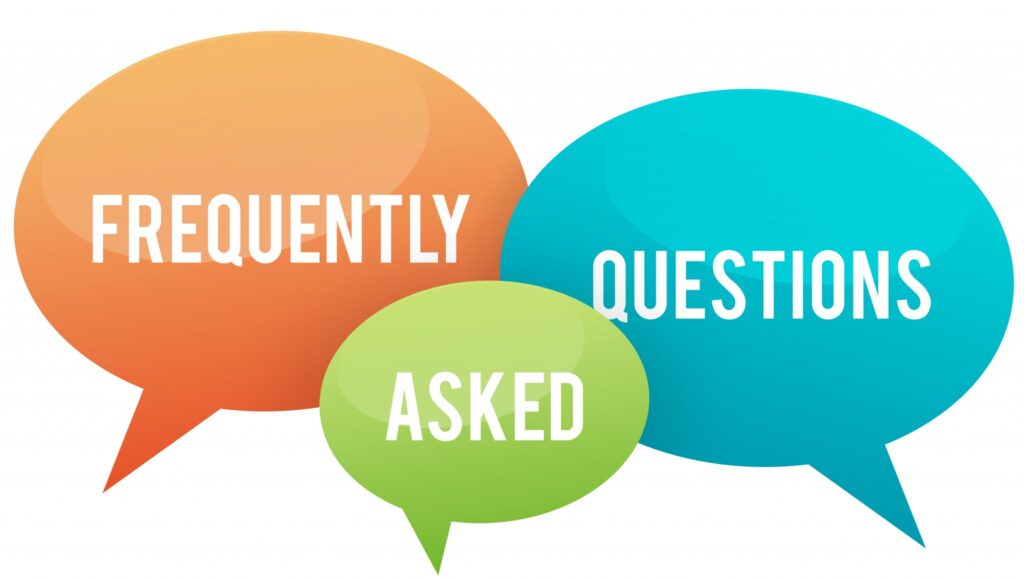Your question may be one we’re asked often. Feel free to check our FAQs to get an immediate answer.

The ISBN for your book is easily translated into a worldwide compatible barcode format called a Bookland EAN (European Article Number). Every bookstore chain and most smaller bookshops use barcode scanning at the checkout register. Putting the barcode on your book is part of the book cover designer’s job. The book designer types in your ISBN and out pops the barcode in just the right place on your back cover. You can put your book’s retail price near the barcode on the back cover if you want to. That doesn’t mean that retailers will always have to charge the full amount.
Yes. Every book—physical or eBook—is required to have its own number if it’s made available for sale. The International Standard Book Number (ISBN) is a thirteen-digit number (it used to be ten-digits) that uniquely identifies books and book-like products published internationally. The purpose of the ISBN is to establish and identify one title or edition of a title from one specific publisher and is unique to that edition, allowing for more efficient marketing of products by booksellers, libraries, universities, wholesalers, and distributors. Once a title is published with an ISBN in it, the ISBN can never be used again. Even if a title goes out of print, the ISBN cannot be reused since the title continues to be cataloged by libraries and traded by used booksellers. An ISBN gets placed on the copyright page and, if there is no barcode, on the back cover. An ISBN is a number. A barcode is a graphic with vertical lines that encode numerical information for scanning purposes. An ISBN and a bar code are two different things.
Your work is copyrighted as soon as you say it is—Copyright, 2008 John Doe means John Doe owns the copyright. The copyright symbol also works. However, it is good to formally file for the copyright through the US Copyright office.
Electronic publishing (also referred to as e-publishing or digital publishing) includes the digital publication of e-books, digital magazines, and the development of digital libraries and catalogs. It is also becoming common to distribute books, magazines, and newspapers to consumers through tablet reading devices, a market that is growing by millions each year, generated by online vendors such as Apple’s iTunes bookstore, Amazon’s bookstore for Kindle, and books in the Google Play Bookstore. Electronic versions of traditional media include CD-ROM, E-book, Electronic journal, Online magazine, Online newspaper, and PDF.
An invoice is sent after our final consultation, detailing the agreement of your contract..
VTP currently accepts PayPal and Credit Card payments. Please be aware that all credit cards are processed through PayPal.
We do not offer refunds once work gets started. Any specific issues are best addressed in the contract agreement.
Yes. You don’t need to have your book published by us.
All invoices are billed through Village Tales Publishing. All payments are paid out to Village Tales Publishing.
Sign up for news about books, authors, and more from Village Tales Publishing.